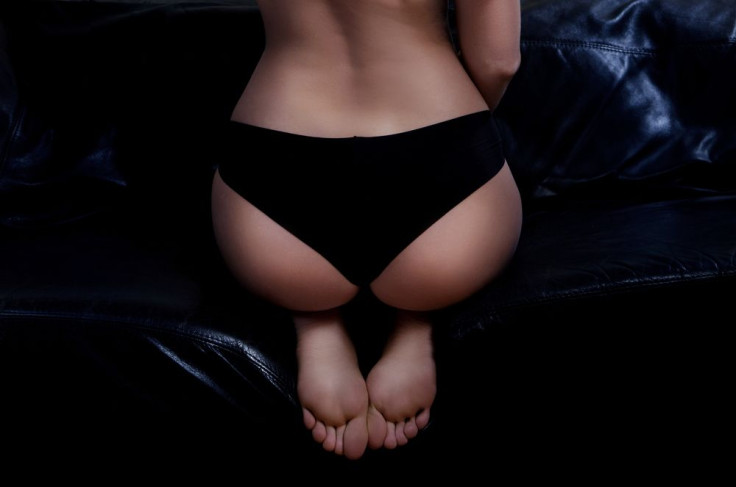Not Just Eye Candy: From Diabetes Risk To Diet Woes, What Your Butt Says About Your Health

Your butt doesn’t get nearly as much recognition as it truly deserves. Sure, it's sexy and looks good in a pair of jeans, but without the gluteal muscles (maximus, medius, minimus) humans wouldn’t be able to walk upright or even stand, for that matter. The human backside is truly a prime example of evolutionary perfection, and it has a lot more to say about your overall health if you know what signs to look for.
Diabetes And Heart Health
A study from Oxford University found a close correlation between the shape of a woman’s backside and her risk for developing diabetes and heart disease. It’s been long observed that a person’s overall distribution of body fat is a great indication of her health, but all fat is not distributed equally. For example, extra fat in the chest area may be most dangerous due to its close proximity to the heart because it increases risk of heart attacks.
Moderations of extra weight in the butt, however, may be a sign of good health. It was found that lower body fat (hip, thigh, and butt fat) traps fatty acids and provides protection against certain health problems.
"If fatty acids are not stored in fat but are stored in other organs like the liver or the arteries, this makes you prone to develop diabetes and heart disease," lead researcher Dr. Konstantinos Manolopoulos told LiveScience.
Unfortunately, this protection isn’t evenly distributed between the sexes, as women are genetically predisposed to store more fat in their lower body than men are. However, this is good news for the ladies because, according to Manolopoulos, simply being a woman and having female hormones offers a unique protection against cardiovascular disease — that is, to a certain extent.
The moment you go into menopause and your hormones change, you lose your typical female appearance and you gain stomach fat, and at the same time your risk for heart disease and diabetes becomes comparable to men of the same age," Manolopoulos said.
Hemorrhoids
Did you notice a small spotting of blood last time you used the bathroom? Does it hurt to sit for long periods of time? You may be suffering from swollen and inflamed veins in your anus and lower rectum, also known as hemorrhoids. Don’t worry, though. Hemorrhoids are extremely common, and by age 50 around half of all adults report having a brief run-in with the bottom discomfort.
This condition, often triggered by constipation and straining during a bowel movement, usually indicates you have a fiber deficiency in your diet. It can also come from obesity and may be a sign that weight loss is necessary.
While a doctor may prescribe a steroid cream for the pain and itch caused by hemorrhoids, for the most part, treatment options include making changes to your lifestyle. In most extreme cases, a blood clot will form and the doctor may need to do a quick minimally invasive procedure.
Folliculitis
Folliculitis is a fairly common skin condition caused when hair follicles become damaged and inflamed. It’s commonly found on the buttocks and upper thigh but can be found on most areas of the body. Folliculitis resembles pimples in that it causes small red bumps, which may or may not have a white head. Folliculitis on your backside is usually caused by bacterial or fungal infection and may result from your clothing, shaving, or skin sensitivity. It may be a sign that you should switch your clothing fabric or that it’s time to change your razor.
The condition is uncomfortable and embarrassing, but for the most part is completely harmless. It usually will clear up on its own in a few days, but if you find the problem persists or is reoccurring, it's best to visit your dermatologist to discuss the best way to clear up the infection.
Back and Feet Muscle Strength
Holding your bottom in the upright position can be strenuous (especially for those with a bit extra cushioning back there), but weakening of certain muscles can disrupt the overall shape of your backside. Overall drooping of your backside could be a sign of weak core muscles. Erika Bloom, founder of Erika Bloom Pilates Plus in New York told Prevention that the deep back muscles, called multifidi, help to stabilize the spine. When they weaken, it can affect the natural arch of your back.
If hips look a bit heavier rather than droopy, the problem may lie in your feet. Bloom explained that weak feet can cause your thigh bones to move out and forward, which in turn causes the hips to appear heavier. Neither of these are serious conditions and can be reversed with targeted strength exercises.



























